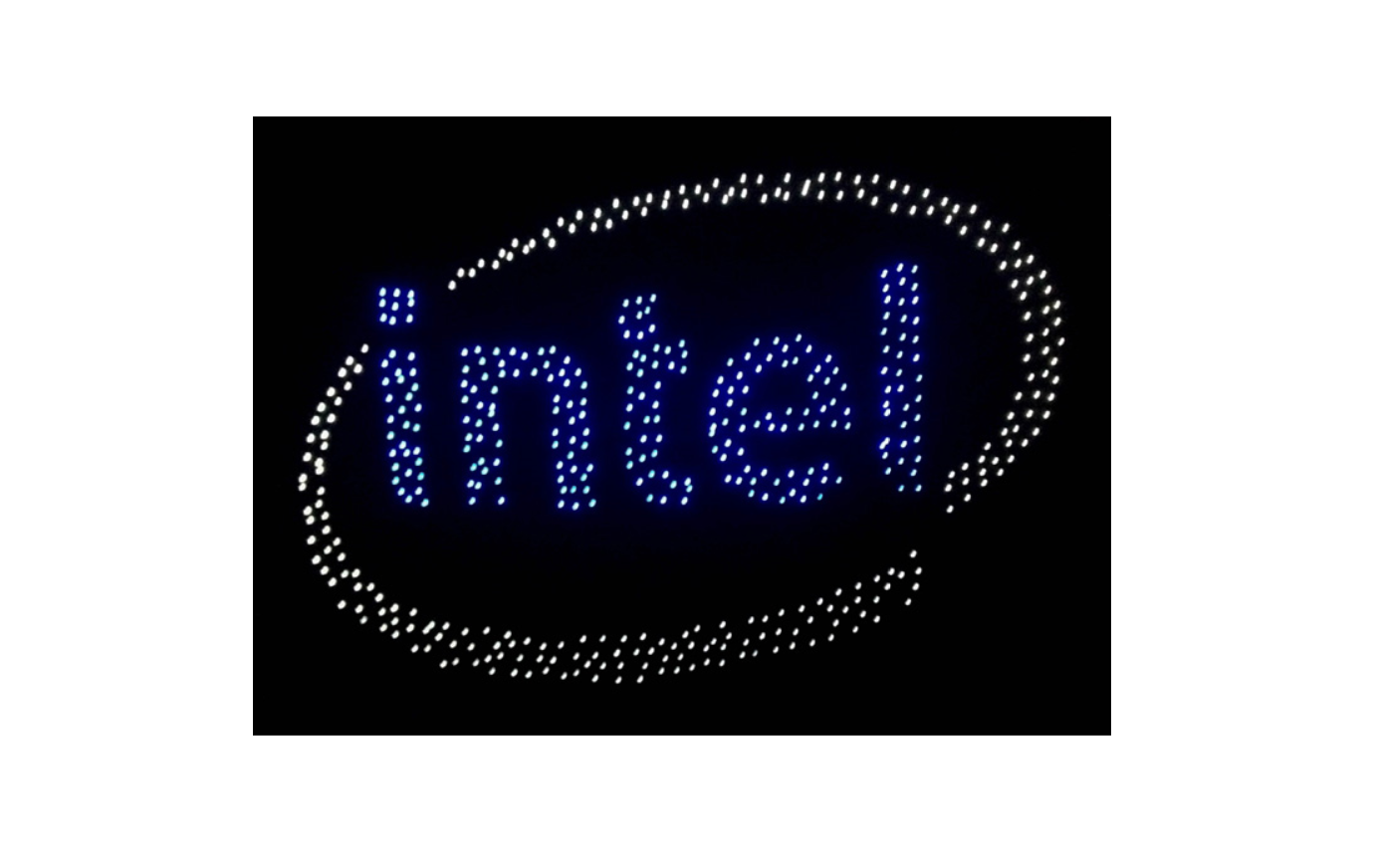PiunikaWeb has suffered a massive technical glitch. It’s a tough time for us, and we are doing whatever it takes to get the website back to its original form. This is an older snapshot of the original article which is continuously updated. Thanks for your patience.
Hardware whitelisting among portable devices is exactly not a new thing. OEMs (Original Equipment Manufacturer) often force ODMs (Original Design Manufacturer) to impose such restrictions, usually as a part of the firmware. To make the matter even worse, looks like Intel is trying to go into the same shady business – via imposing whitelists in drivers on software level.
Using proprietary hardware components along with whitelisted spare parts are the aces in the sleeves of the manufacturers to bring up planned obsolescence. There are complex subroutines (usually embedded in BIOS/UEFI) which check if the component is in the hardcoded whitelist or not. If not, then an interrupt is generated & the device is locked down.
The most common case is WLAN/BT cards. OEMs often cut corners in the budget by providing crappy, outdated WLAN cards in laptops, and strictly allow few whitelisted cards for upgrade. Whitelisting on common components like RAM or HDD is rare, but it does exist.
HP and Lenovo are the prime practitioner of such anti-consumer malpractice. A quick look inside support forums of HP and Lenovo reveals long list of unresolved and/or vaguely answered posts by end users who are the sufferer. While vendors cite references of FCC regulations as a mandatory prerequisite, one can easily find out the shortcomings behind the logic.
In theory, the cards will work if the hardware based lock can be bypassed. That’s how the communities of bios modders are born. Forums like My Digital Life, Bios Mods and Win-Raid become the meeting place of such tinkerers, who can help users to unleash the true potential of their devices. Modders like donovan6000, CodeRush, TTAV134, Serg008 decompile the firmware, conditionally bypass or entirely remove the whitelist routines, even enable hidden features like overclocking or fix faulty thermal throttling and recompile them for flashing. There were petitions (example) against whitelisting raised by the frustrated users, but the impact is zero. Rather the introduction of signed firmware updates make it extremely difficult to mod and/or flash the modded firmware, sometimes impossible too.
That’s not the end, as now it seems that Intel is deliberately blocking some of it’s Lenovo branded cards when used with the generic Windows driver. A guy named jpegxguy on Intel Community Forums reported that several Intel Wi-Fi cards having Lenovo FRU numbers are greeted with Code 10 error when used on non-Lenovo PCs with the generic Intel driver. Interestingly the same setup works perfectly on Linux, using the open source iwlwifi driver.
Digging a little deeper reveals that Intel implements the software based whitelist inside the actual library (*.sys) itself. Thus circumventing the barrier requires knowledge of x86 assembly, as for each device ID the corresponding conditional jumps need to be implemented. It also means that users who opt for using the modded drivers need to fiddle with Secure Boot and disable driver signature enforcement or sign them with private certificate.
Adding more spices on the discussion, nowadays Intel is even modifying the M.2 type ‘E’ pinout purposively to make room for its proprietary hybrid version of electrical interface, called CNVi.
With the introduction of Integrated Connectivity (CNVi) architecture, Intel plans to cut down the cost even more and simplify the internal component hierarchy by offloading most of the logic and processing involved with WiFi and BT onto an SoC embedded in the latest Intel chipsets.
After some hands-on experiments with the actual hardware components by the community members & traversing through a relevant OEM document prove that there is no way to make a standard M.2 WiFI-BT card (either key type E or A+E) work in a CNVi M.2 slot even though it’s a M.2 Key type E connector and will physical fit.
Currently only the 8th & 9th gen Intel Core/Pentium/Celeron processors along with Intel Wireless-AC 9xxx cards support the architecture. But with the large market share of Intel processors and increasing arrival of desktop motherboards with integrated Intel Wi-Fi chips hint a rather complicated future with more lockdowns.
Well, ditching the crappy factory installed 802.11n (yes, even in 2018!) single-band single-stream card is not as simple as you think. 😛
PiunikaWeb is a unique initiative that mainly focuses on investigative journalism. This means we do a lot of hard work to come up with news stories that are either ‘exclusive,’ ‘breaking,’ or ‘curated’ in nature. Perhaps that’s the reason our work has been picked by the likes of Forbes, Foxnews, Gizmodo, TechCrunch, Engadget, The Verge, Macrumors, and more. Do take a tour of our website to get a feel of our work. And if you like what we do, stay connected with us on Twitter (@PiunikaWeb) and other social media channels to receive timely updates on stories we publish.


